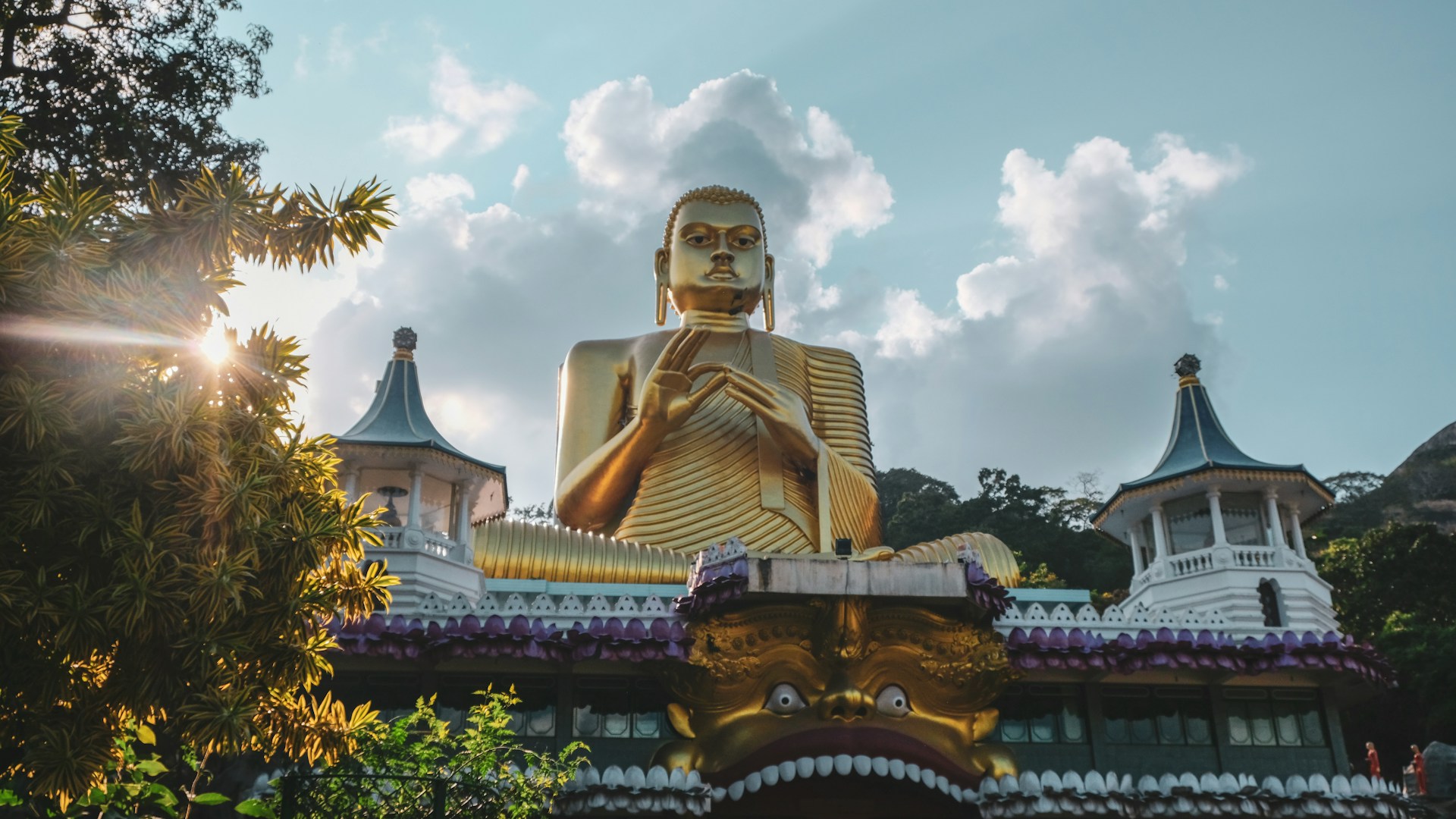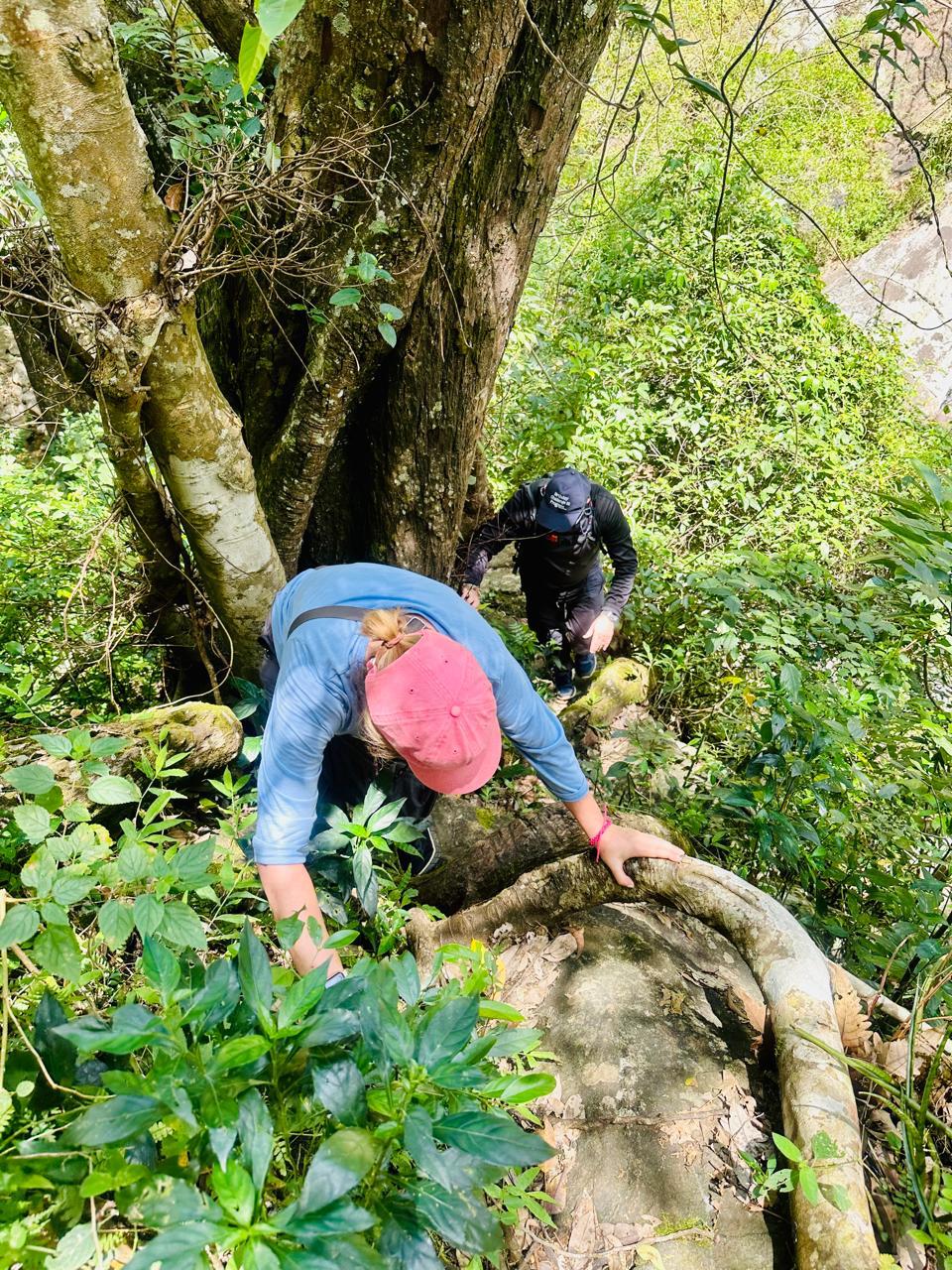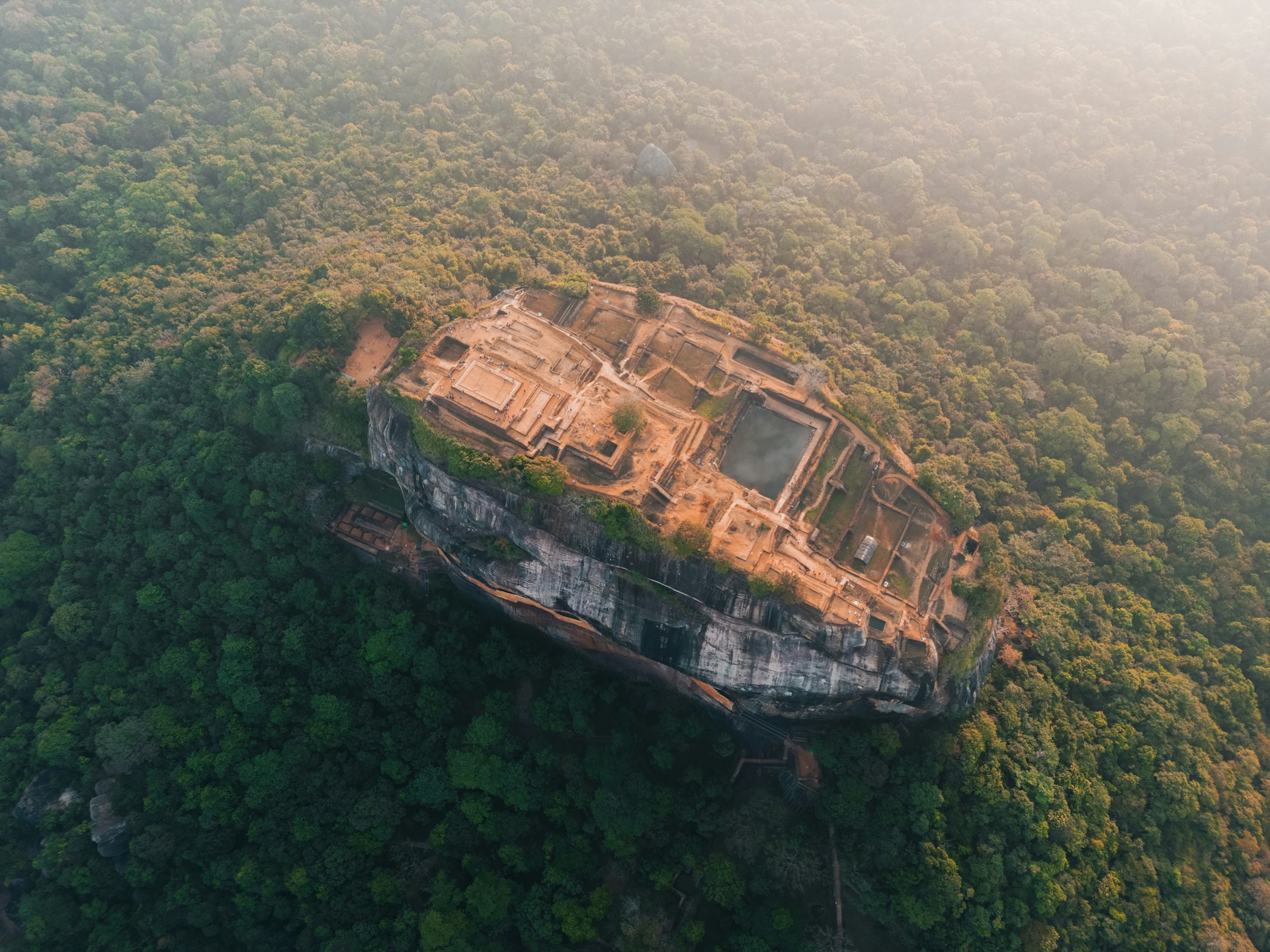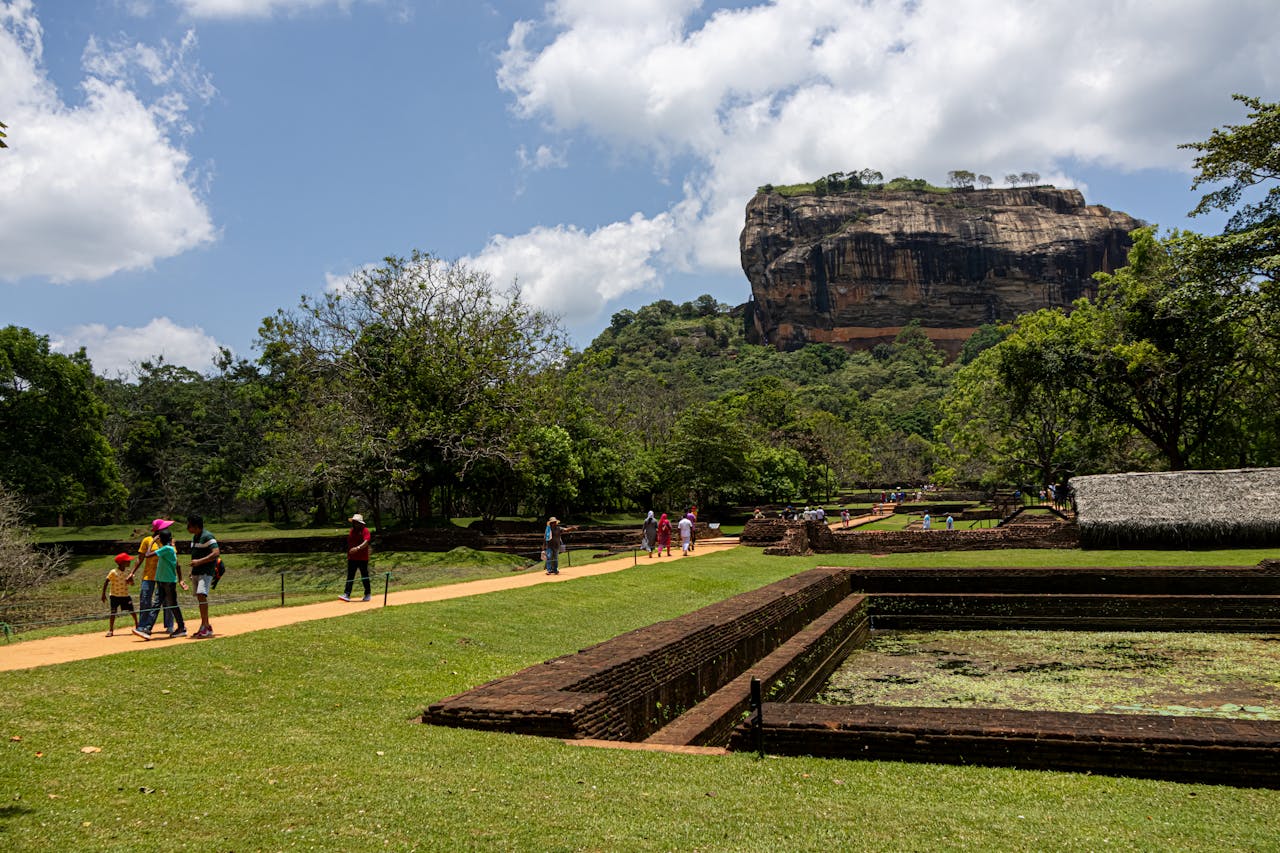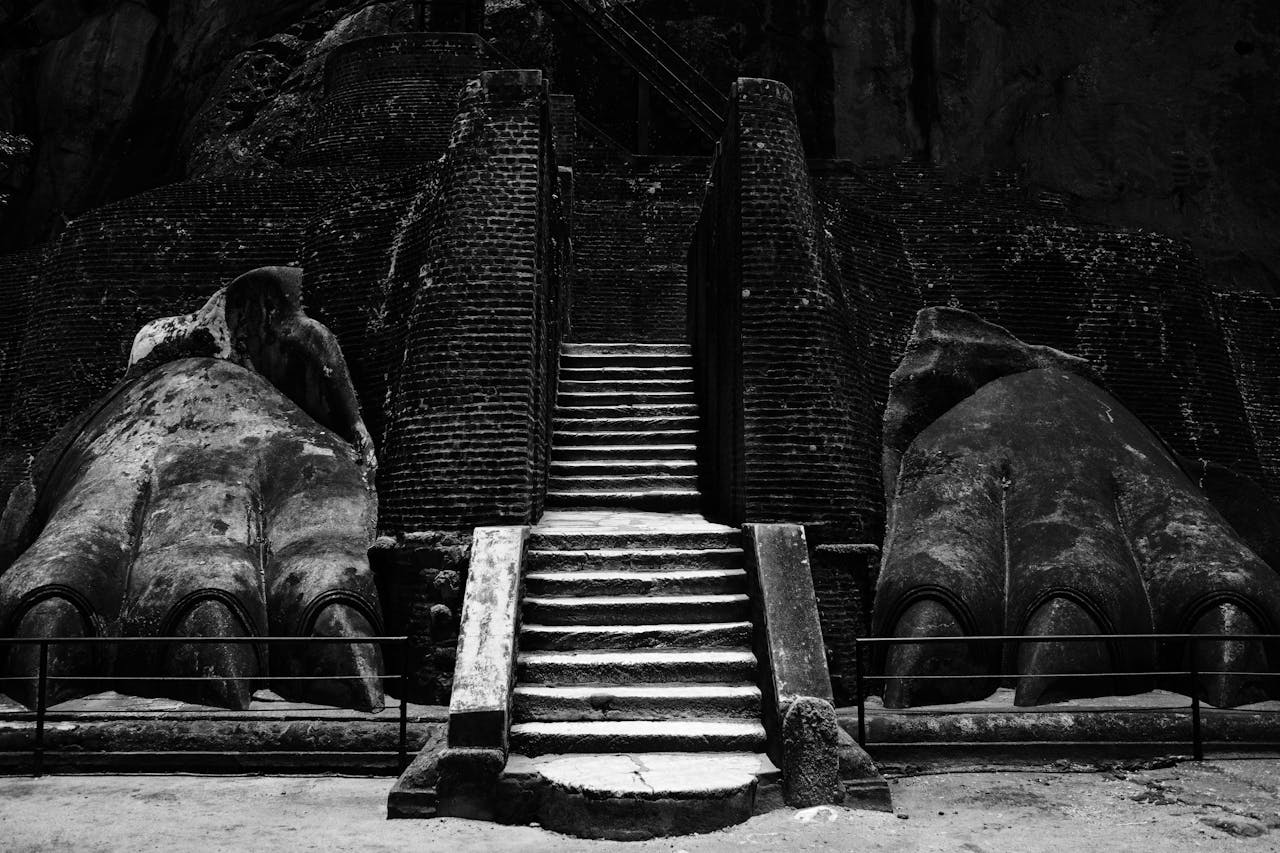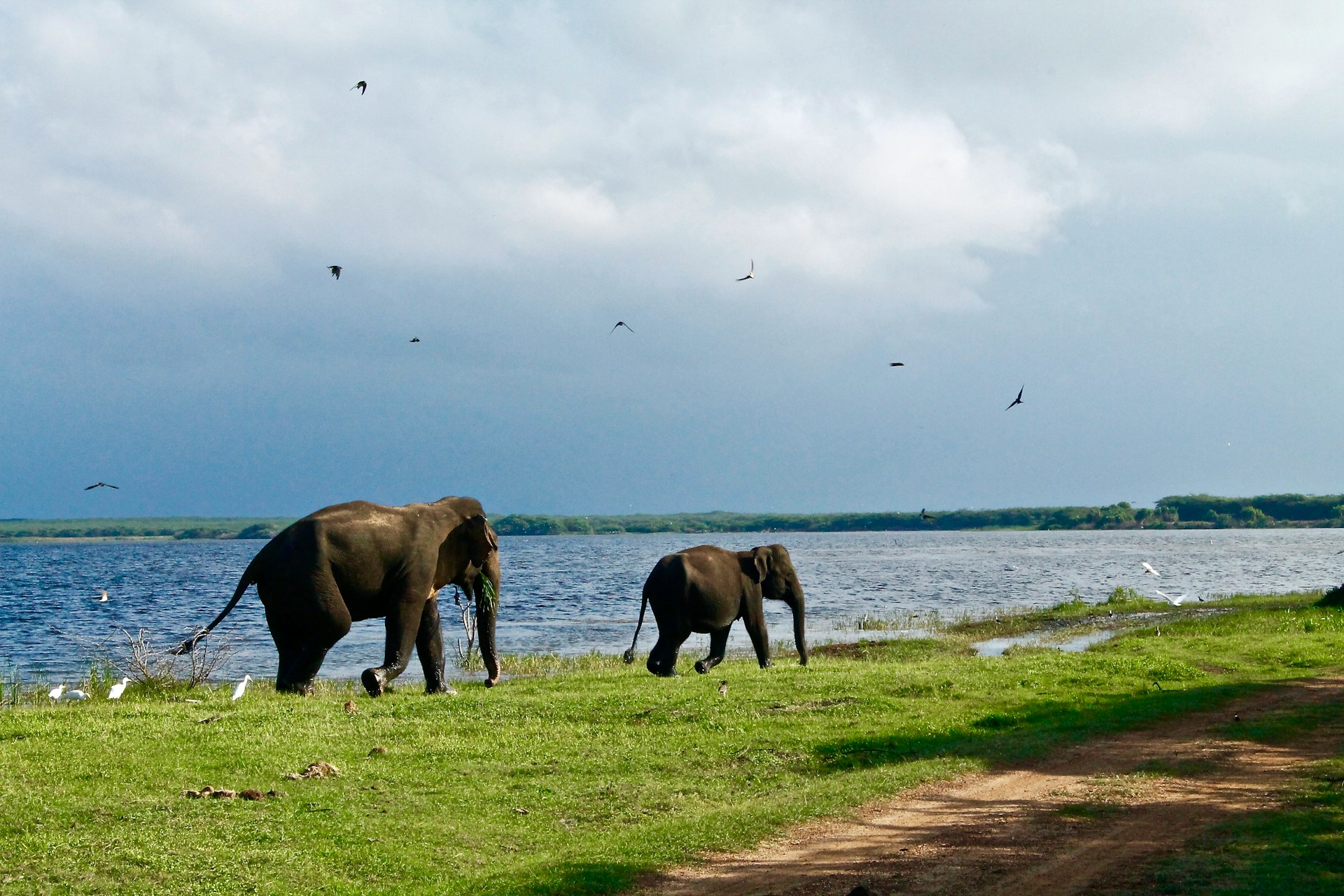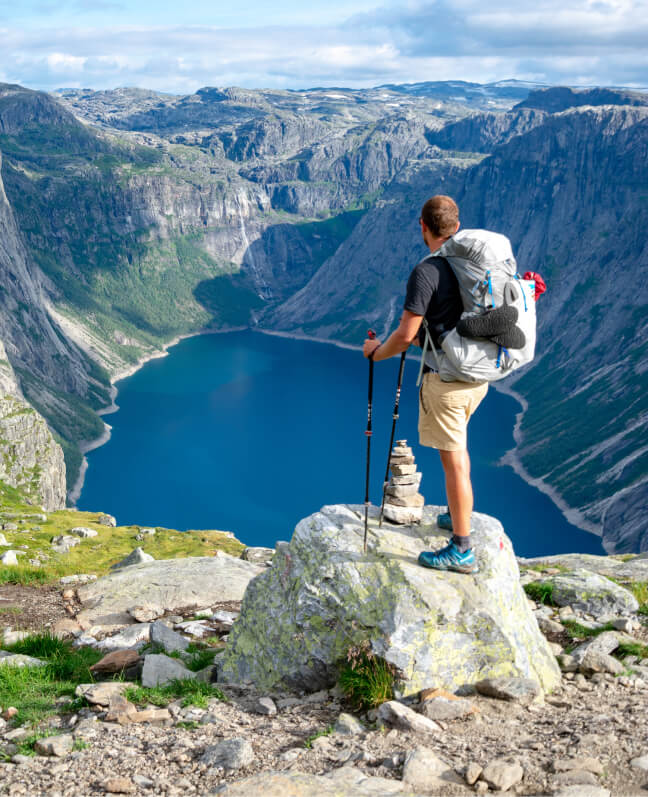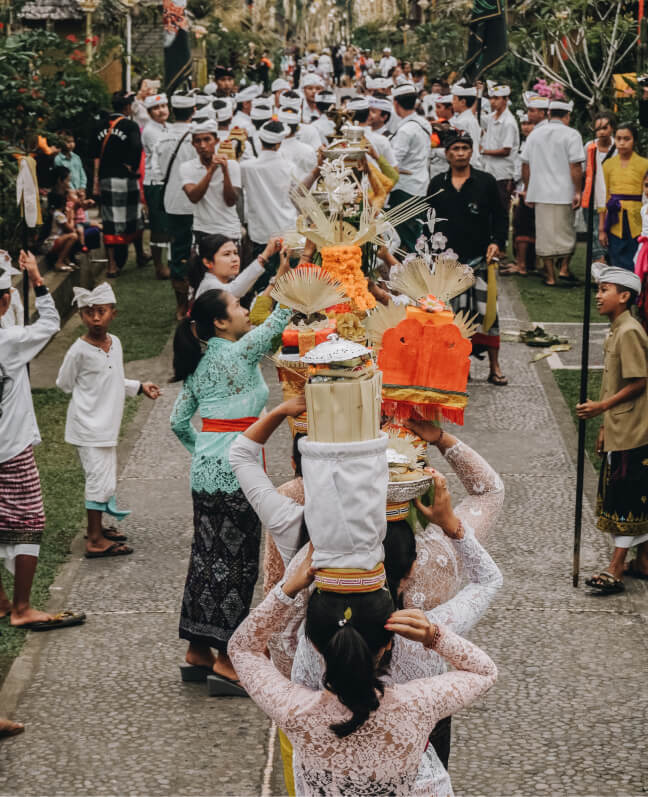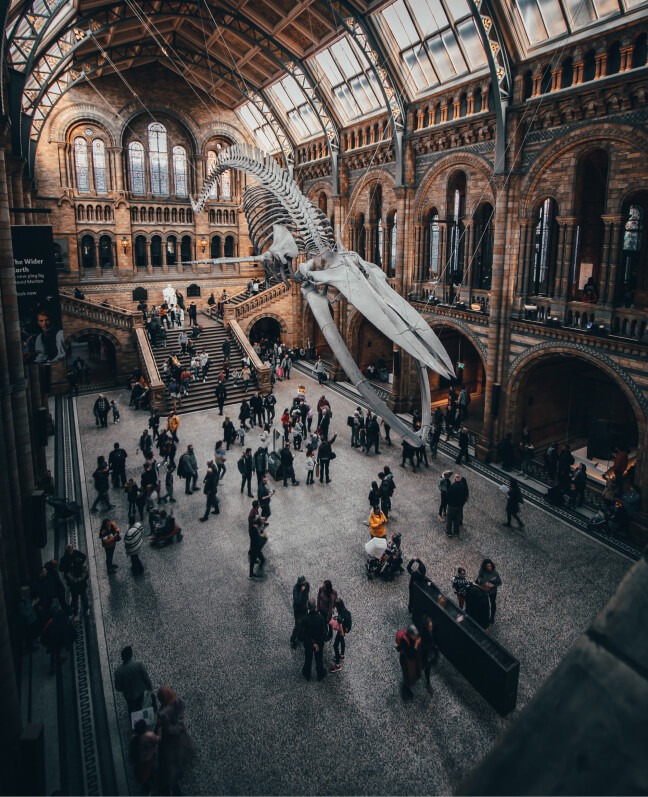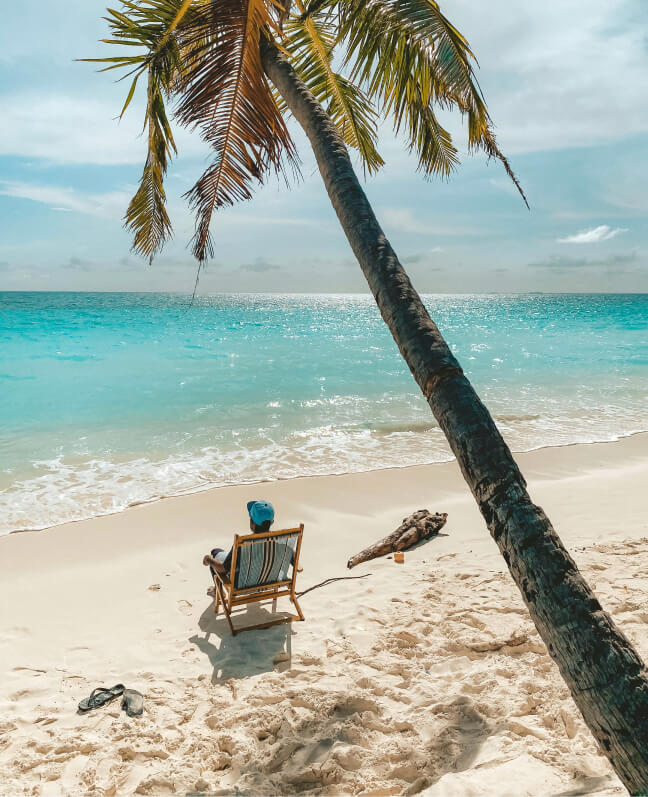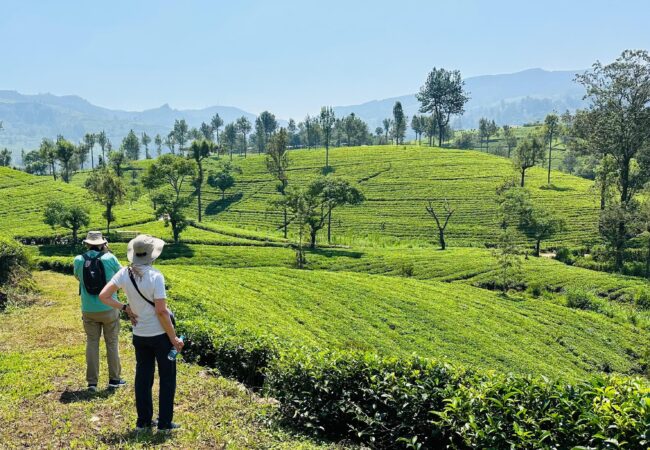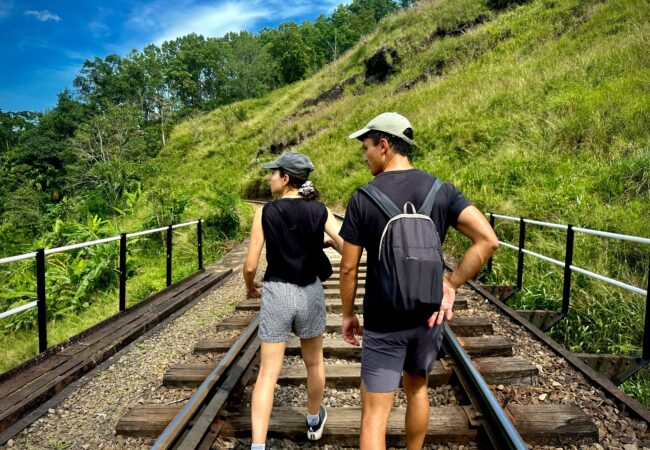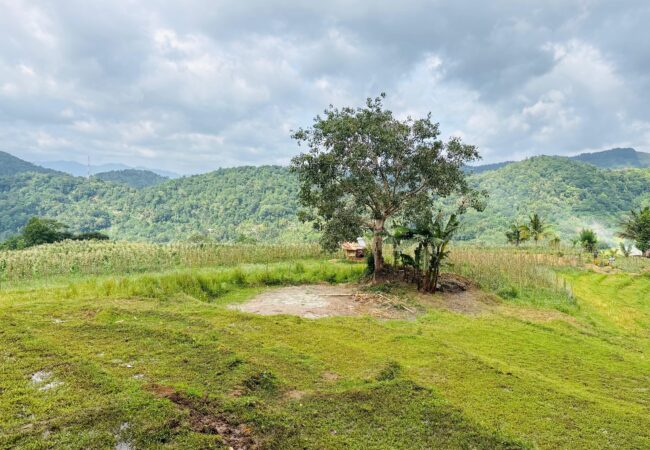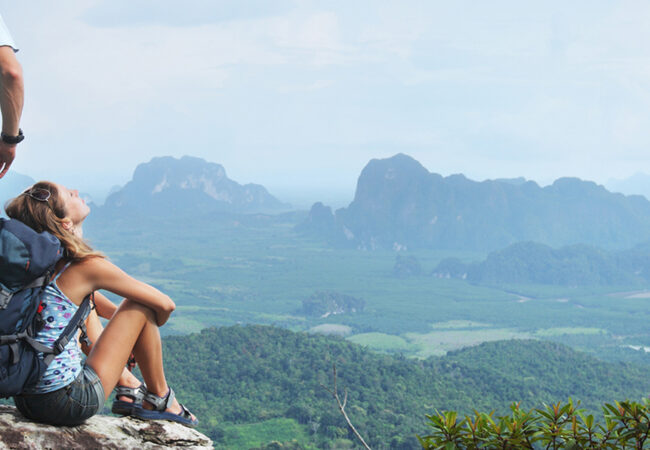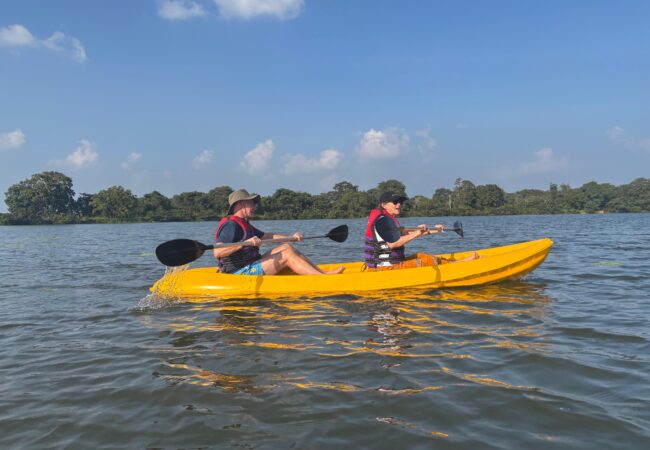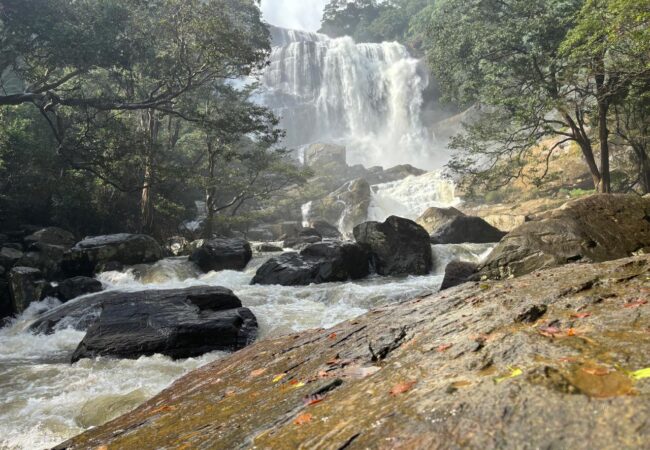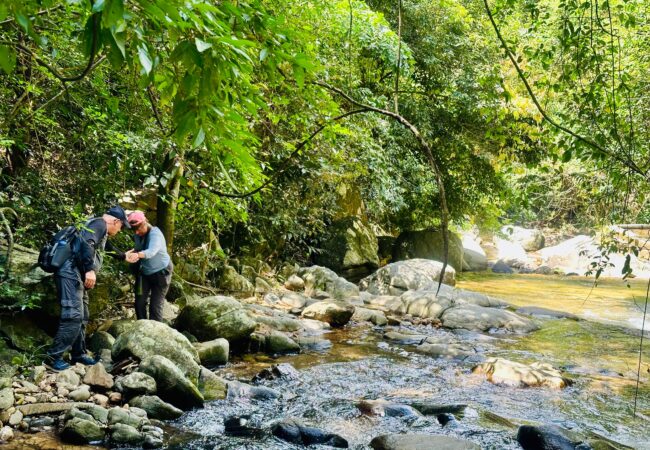Welcome To Dambulla
Dambulla is renowned for its magnificent rock temple complex, a UNESCO World Heritage site dating back to the 1st century BCE. The Dambulla Cave Temple, also known as the Golden Temple of Dambulla, features five caves housing 153 Buddha statues, three statues of Sri Lankan kings, and four statues of gods and goddesses. The cave ceilings are covered with intricate paintings spanning 2,100 square meters, depicting Buddha’s life and Sri Lankan history. King Valagamba of Anuradhapura established this temple during his 14-year exile from the capital, as a gesture of gratitude after reclaiming his throne. The temple complex has remained a significant pilgrimage site for over 22 centuries, continuously maintained and expanded by successive rulers. Beyond its religious significance, Dambulla serves as a major economic hub with Sri Lanka’s largest wholesale market for vegetables and fruits, connecting farmers from the Cultural Triangle region with buyers from across the country.
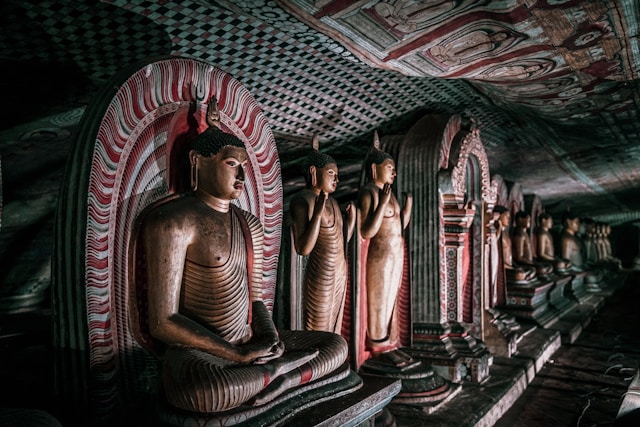
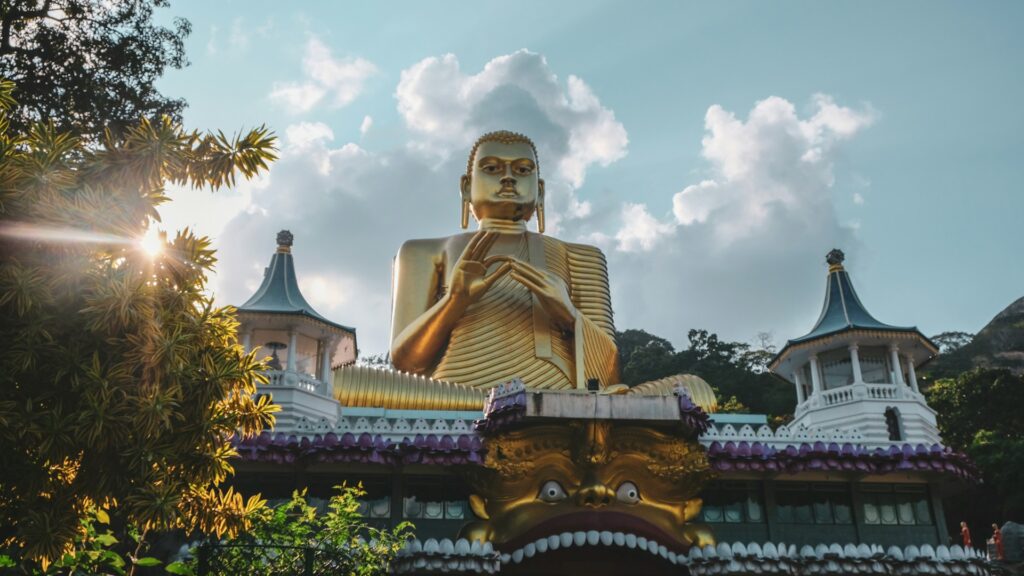
Heaven On Earth
Dambulla occupies a strategic position in Sri Lanka’s Cultural Triangle, serving as an ideal base for exploring the ancient cities of Anuradhapura, Polonnaruwa, and Sigiriya. The surrounding landscape features dramatic rock formations, lush forests, and an abundance of wildlife, including endemic bird species and primates. The Ibbankatuwa megalithic burial site near Dambulla dates back to the Iron Age, providing insights into prehistoric settlements in the region. The area’s agricultural significance is evident in the extensive irrigation networks that have supported farming communities for millennia, creating a harmonious balance between human activity and natural ecosystems.
- Cave temple tours, Buddhist heritage exploration.
- Cultural Triangle excursions, archaeological sites.
- Nature walks, birdwatching, wildlife photography.
- Local market visits, culinary experiences.
- Family-friendly educational tours, cultural immersion.
- Boutique accommodations, authentic Sri Lankan cuisine.


